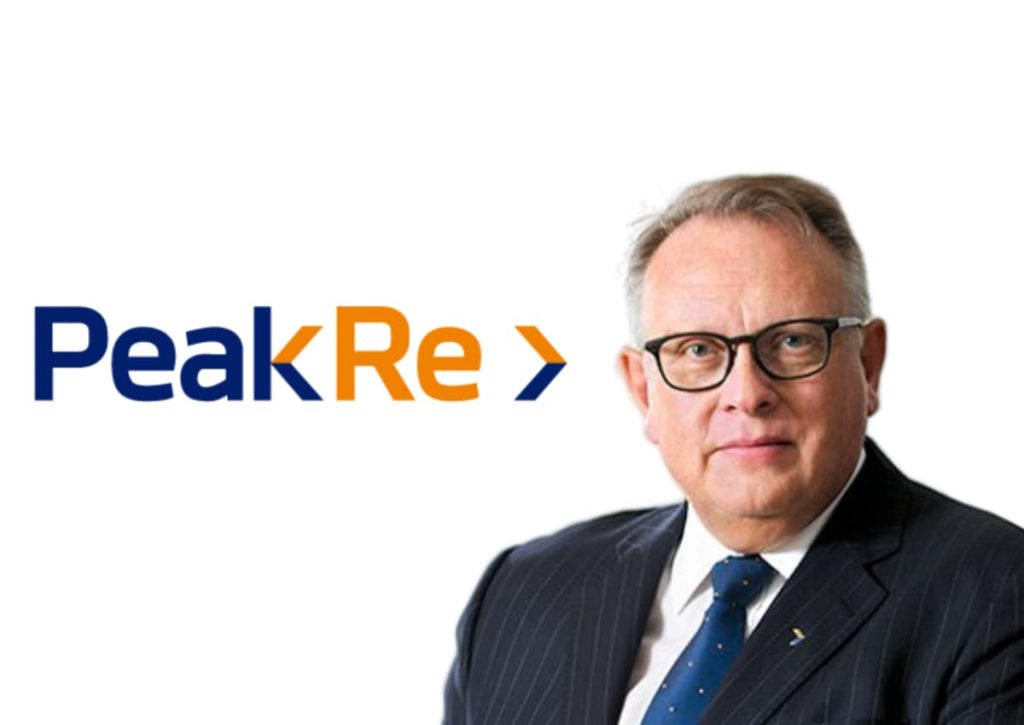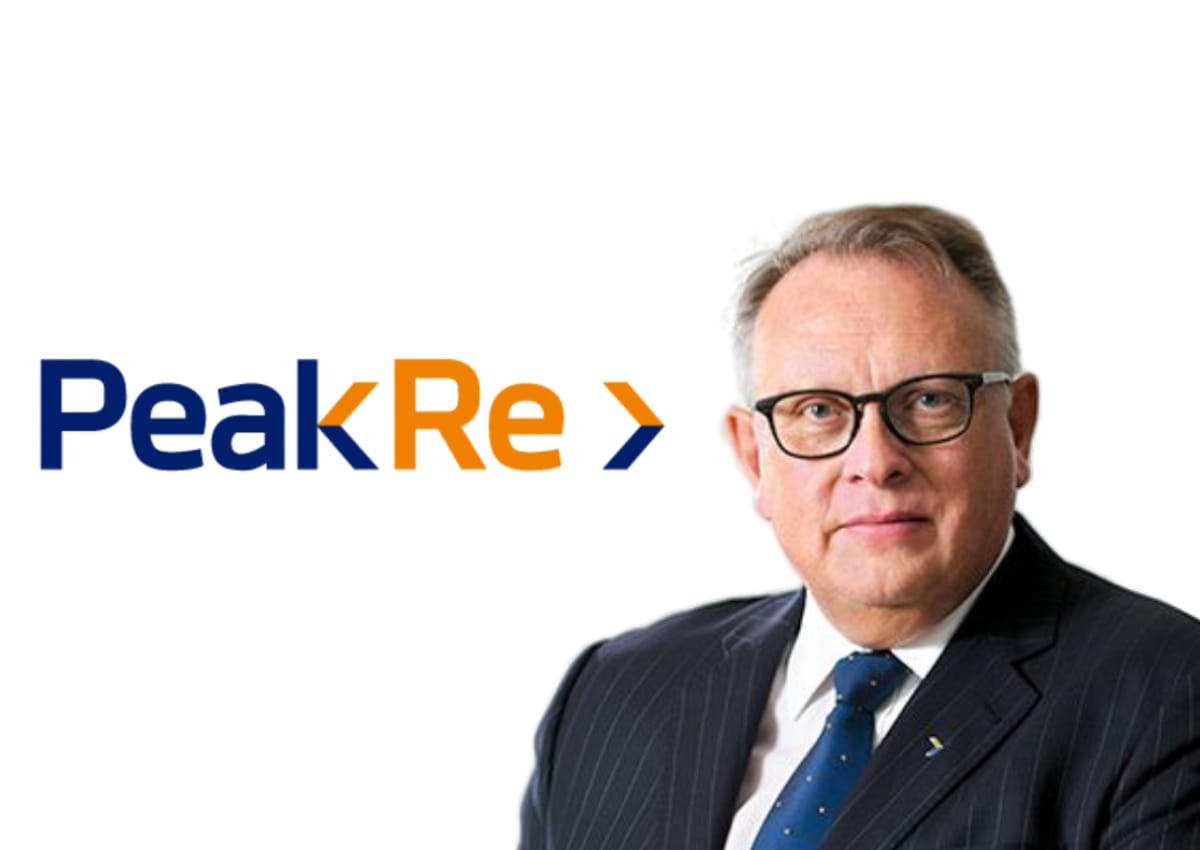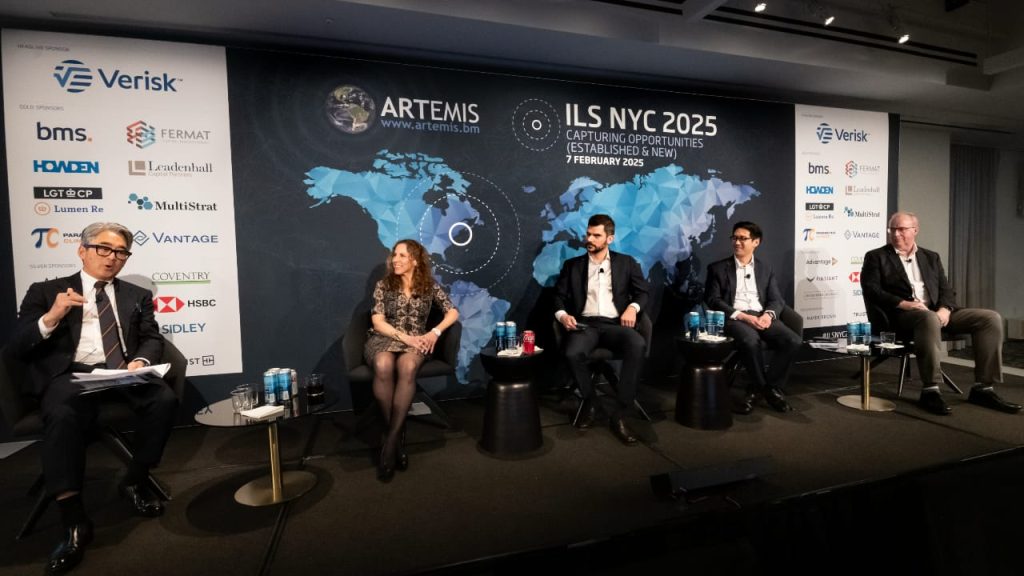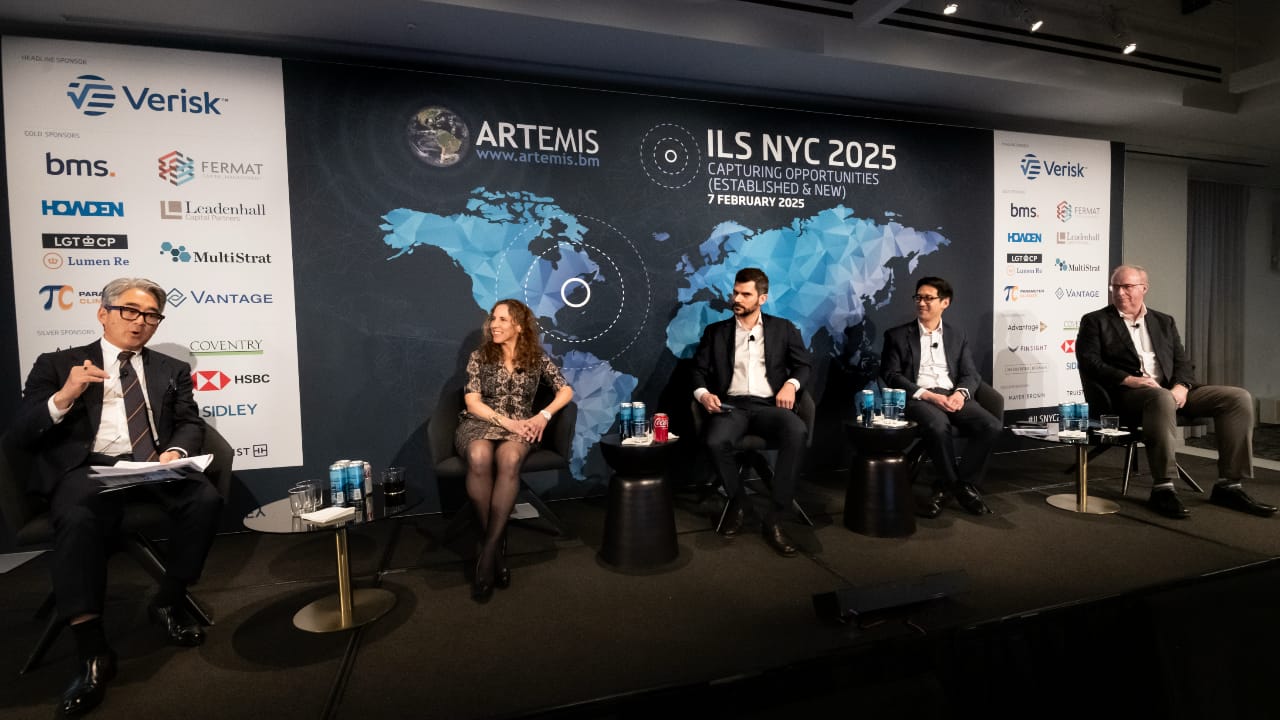This content is copyright to www.artemis.bm and should not appear anywhere else, or an infringement has occurred.
Commenting on the successful placement of its new €200 million Lion Re DAC Series 2025-1) catastrophe bond, sponsor Generali’s Group CFO Cristiano Borean hailed the “unique and distinctive ESG features” of the cat bond, also citing “a further enhancement in terms of structural efficiency, optimisation and flexibility,” thanks to the new shelf programme under Lion Re.
 As we’ve been reporting, Generali returned to the catastrophe bond market at the beginning of May, with an initial target to secure €200 million of multi-year and fully collateralized reinsurance to protect it against losses from windstorms affecting Europe and earthquakes affecting Italy.
As we’ve been reporting, Generali returned to the catastrophe bond market at the beginning of May, with an initial target to secure €200 million of multi-year and fully collateralized reinsurance to protect it against losses from windstorms affecting Europe and earthquakes affecting Italy.
We then reported that Generali successfully secured this renewal of its green catastrophe bond, with the Lion Re DAC transaction finalised at its target size and with pricing of the two tranches of notes at either end of their initial ranges.
As a result of which, Generali benefits from the full €200 million of multi-year collateralized reinsurance protection from the capital markets through Lion Re DAC.
Now, the company has announced its satisfaction in securing its latest catastrophe bond backed reinsurance protection.
Cristiano Borean, Generali Group CFO, commented, “Generali’s well-established presence in the ILS capital market is once again confirmed by this fourth successful catastrophe bond issuance, with a further enhancement in terms of structural efficiency, optimisation and flexibility, thanks to the ILS shelf programme.
“As a responsible insurer and investor, this issuance with its unique and distinctive ESG features, once again demonstrates our sustainability-rooted excellence by integrating ESG principles into alternative risk transfer solutions, while also effectively embedding ILS instruments into our capital management strategy.”
Marco Sesana, Generali Group General Manager, added, “Our new catastrophe bond reaffirms Generali’s strong relationship with ILS investors, which started in 2014 with the issuance of our first catastrophe bond.
“ILS capital is completely integrated and complementary to our traditional reinsurance strategy. This first transaction, under the newly shelf programme, reflects the continued trust in the quality of our portfolio and our disciplined approach to risk management. Furthermore, it is fully aligned to our Lifetime Partner 2027 strategy, advancing our sustainability value proposition, thanks to the ESG structure at the core of this issuance.”
Lion Re DAC provides a platform for multi-arrangement issuance of catastrophe bonds under the special purpose vehicle, which the company said will provide “further flexibility with regard to the sponsorship of multiple catastrophe bond issuances over time within a specific framework.”
Well-known insurance-linked securities (ILS) specialist arrangers and bankers Aon Securities and GC Securities acted as Joint Structuring Agents and Joint Bookrunners for the Lion Re DAC transaction.
As we’d said before in reporting on this recently settled cat bond issuance, under the terms of Generali’s Green, Social and Sustainability Insurance-linked Securities Framework, this new Lion Re DAC catastrophe bond will free up an amount of its own capital, equal to the cat bonds limit. This can then be allocated to eligible projects by the company, while the collateral will be invested in EBRD AAA rated green notes. The insurer will also report on the allocation of the freed up capital and the project benefits derived from that, we understand.
You can read all about this new Lion Re DAC catastrophe bond and every other cat bond ever issued in the Artemis Deal Directory.
Generali CFO hails “unique and distinctive ESG features” of new Lion Re cat bond was published by: www.Artemis.bm
Our catastrophe bond deal directory
Sign up for our free weekly email newsletter here.








 The Hong Kong headquartered global reinsurer
The Hong Kong headquartered global reinsurer 

